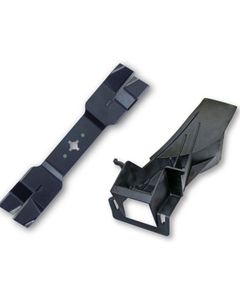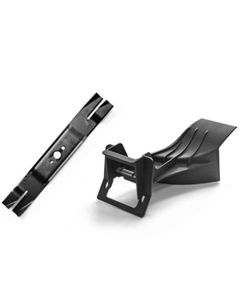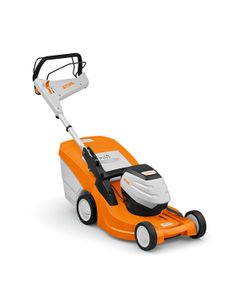Summer Lawn Care
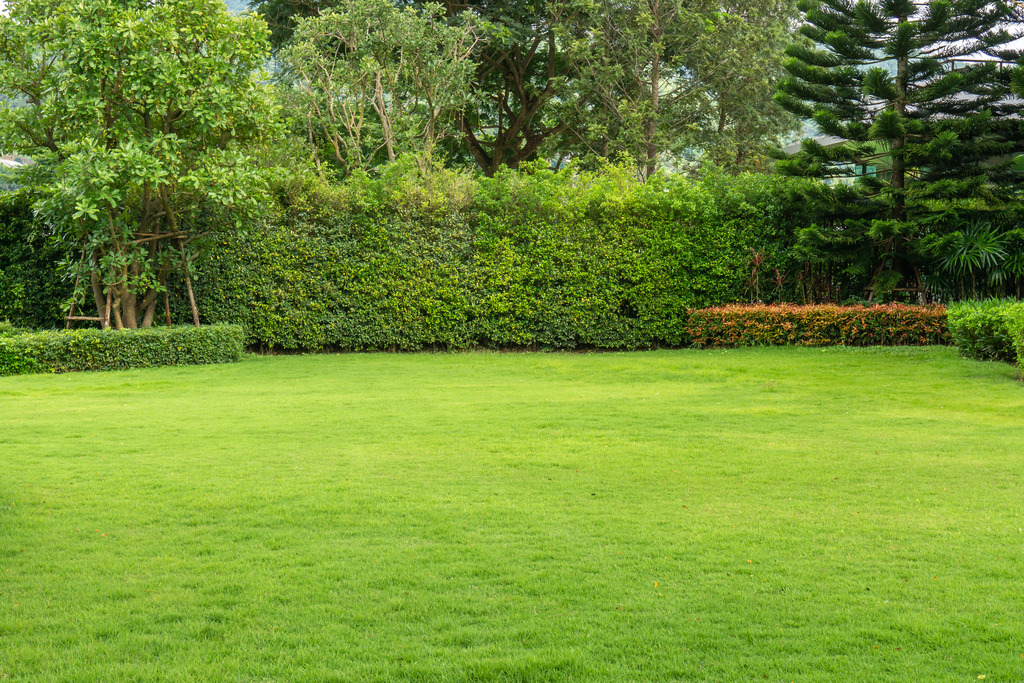
Whether you’re looking to green-up your lawn in time for a summer family BBQ, or help it to survive a period of drought, follow our summer lawncare tips to keep your grass in top condition during the warm, dry days ahead.
MOWING FREQUENCY AND HIEGHT
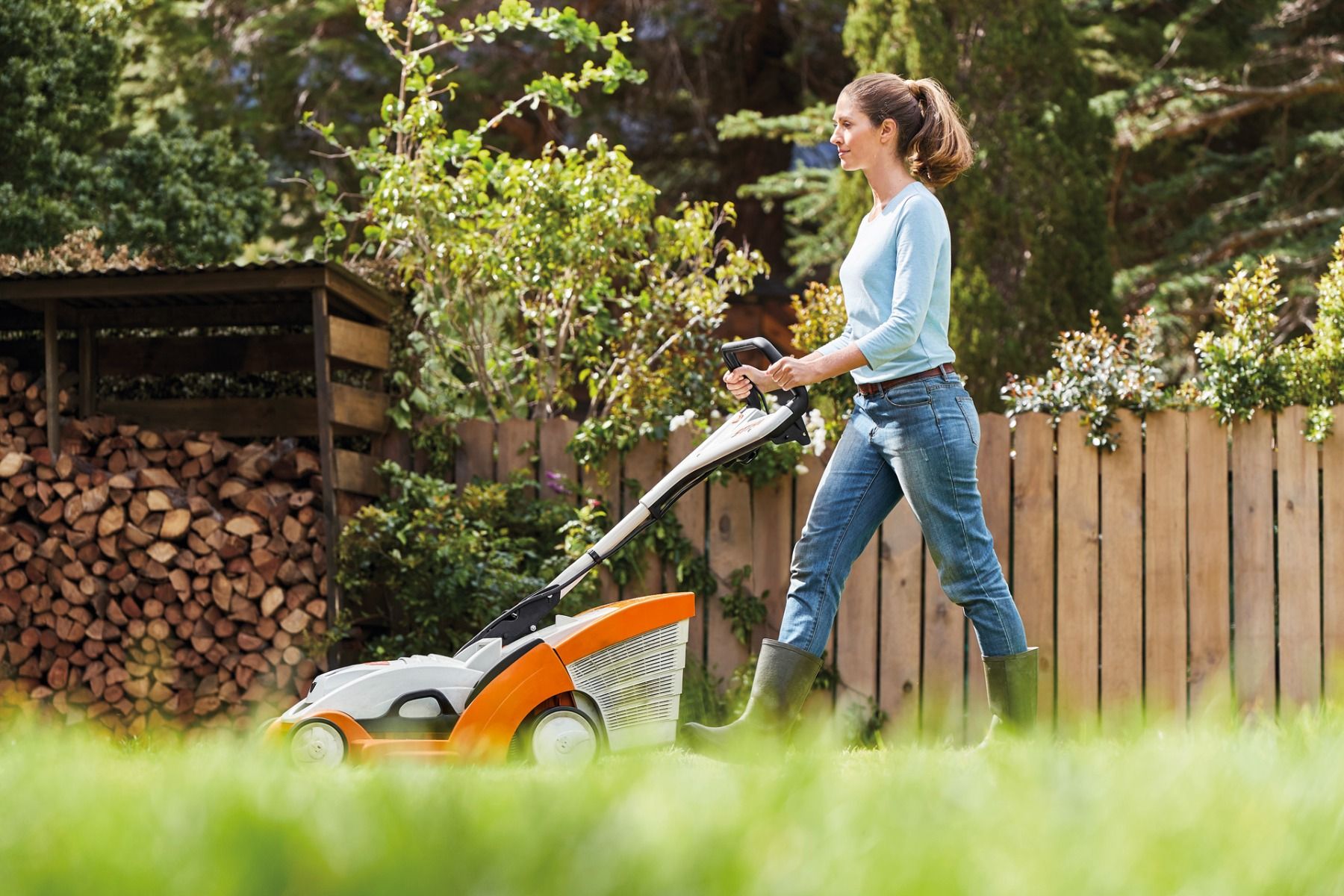
At the start of Summer, when your lawn is actively growing mow frequently as this encourages thicker lawn growth by stimulating the grass to produce new side shoots. As we move deeper into the hot Summer months, this frequency will need to be reduced as the rate of growth slows down.
Kiwis like to cut right down low to the ground, however taking too much off the top can be detrimental to the health of your lawn. Mowing at a recommended height of 4 – 6 cm helps prevent yellow blemishes and unsightly scorch marks from popping up across the surface of your lawn, and reduces its susceptibility to damage from pests and disease.

EXPERT TIP: Always use sharp Lawnmower blades for nice, clean cuts that won't damage your grass. If you notice your blades have become blunt and dull – simply take your Lawnmower into your local STIHL SHOP for a quick and easy sharpening service.
If it's been a while since your last mow and the grass has grown tall, you might need to do a couple of passes with your Lawnmower; starting with the highest blade height setting and then at a lower setting during the second pass. STIHL Battery Lawnmowers have various cutting heights to choose from and can be easily lowered or raised by using the leaver on the side of the machine.
Alternatively, a STIHL iMow Robotic Lawnmower will roam your lawn using a perimeter wire as a guide, consistently trimming the tips of your grass for a healthy and full appearance. They're so quiet that even your neighbours won’t notice and they have mulching blades that redistribute the fine grass clippings back into your lawn for nutrients.
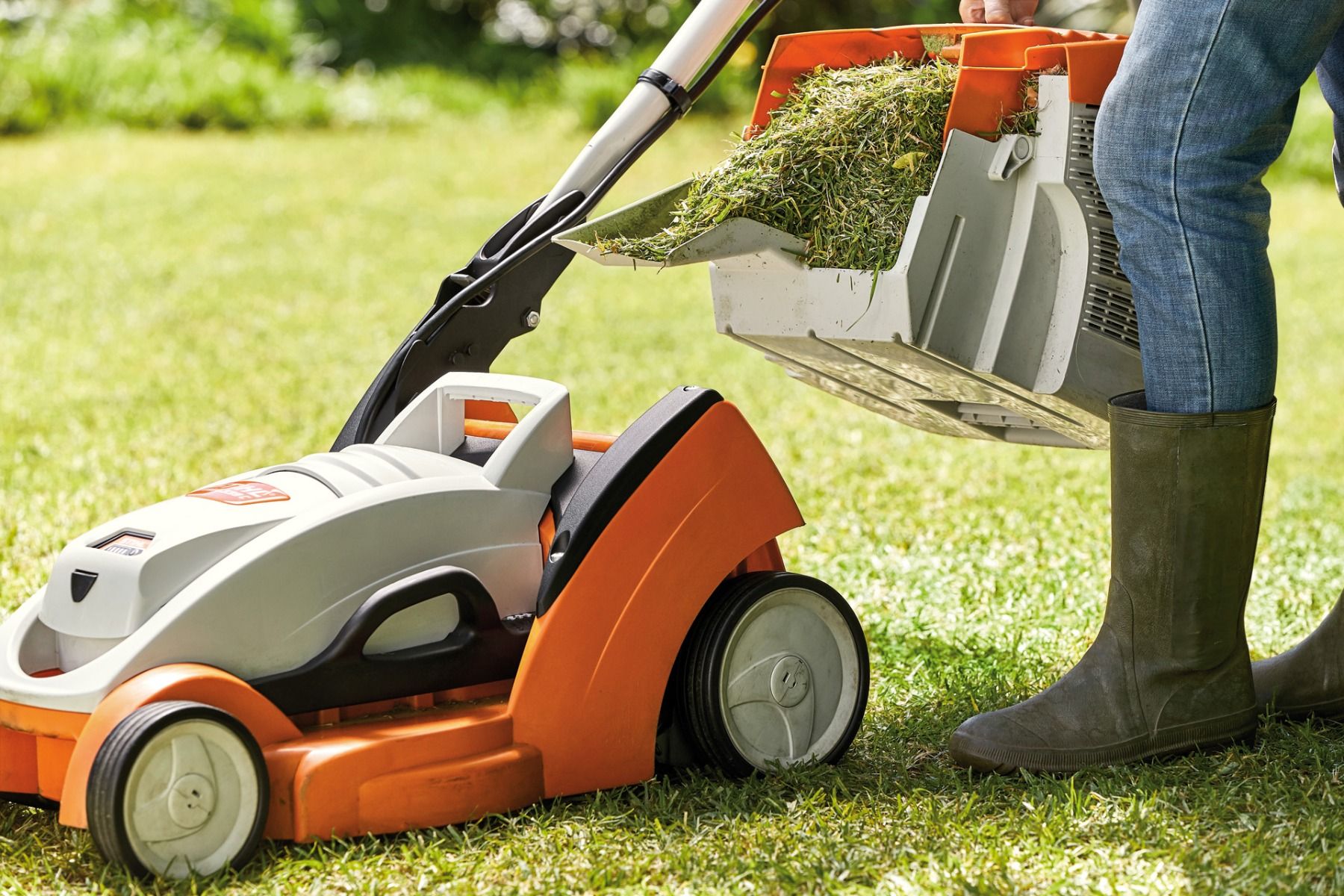
DEALING WITH DROUGHT
Under the summer sun, about 25 - 40 mm of water is required per square metre of grass for sufficient hydration to keep your lawn lush, make sure that you water the surface evenly so no bald spots develop. To conserve city or tank water, try collecting rain water or using grey water (left over water from the bath or shower that can be applied to the lawn in a watering can). Never use water from the washing machine or dishwasher, as the chemicals from detergents can kill the grass. Avoid over-watering your lawn as this can displace air from the pores in the soil and cause root rot.
Water early in the morning or as close to dusk as possible, when temperatures are lower, less water will be lost due to evaporation, allowing it to soak down into the roots. Cut down on mowing, too. And when you do mow, raise the mower’s blades by a notch. Cut too close and the grass will turn yellow more quickly. You can also remove the catcher and leave the clippings on the lawn as a mulch: it may look unsightly, but it’ll help to lock in precious moisture at a time when it’s needed most. Many STIHL Battery Lawnmowers can be fitted with Mulching Kits to shred the cuttings more finely.
EXPERT TIP: Don’t be tempted to green-up your grass by feeding it with fertiliser during drought, or you risk scorching the lawn.
FEEDING YOUR LAWN
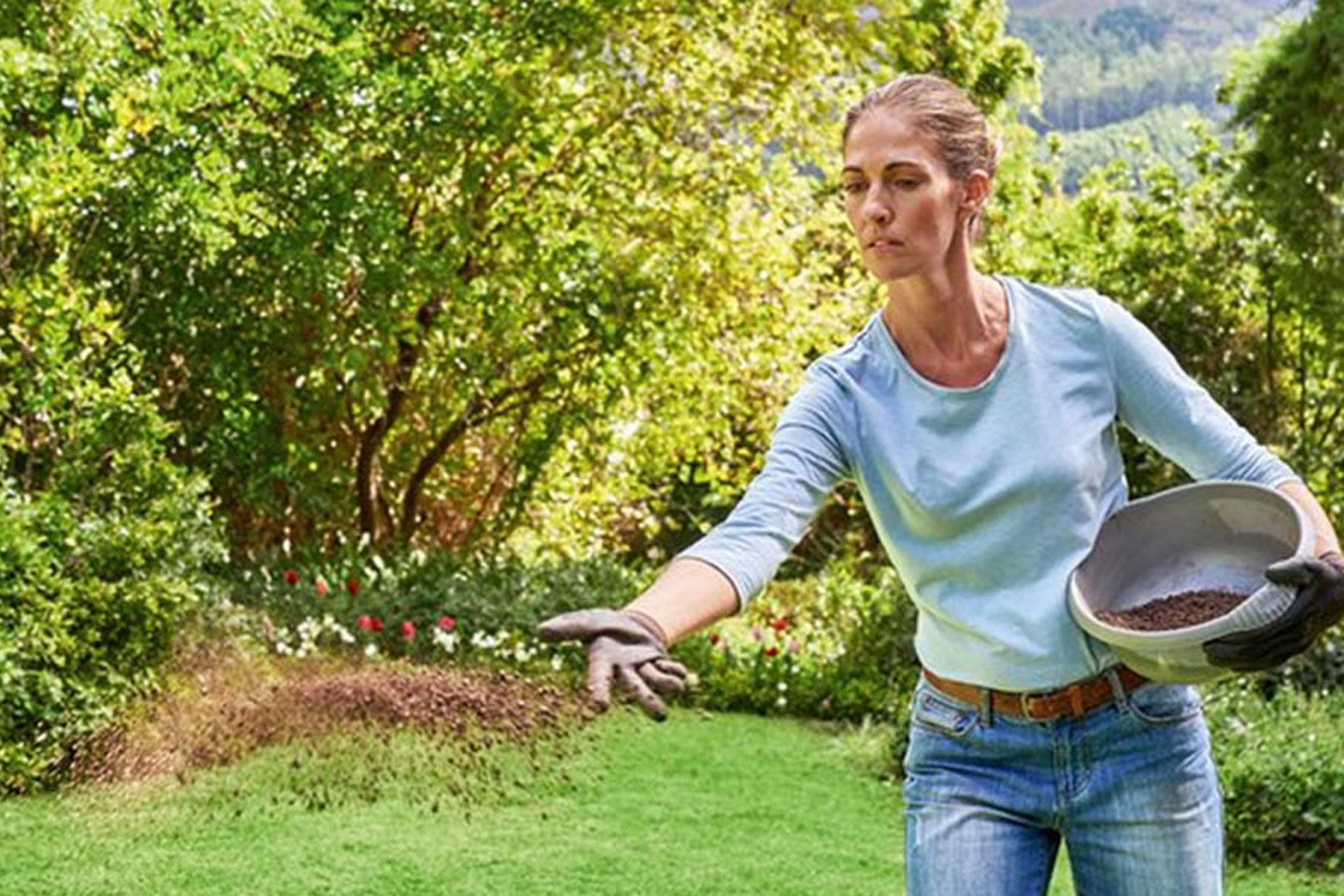
Even lawns that were growing vigorously in spring can run out of steam by mid-summer. As long as conditions are good, the soil is moist and drought isn’t imminent, a summer feed can give grass a much-needed boost. Returning vital nutrients to your lawn will improve its durability and appearance. This can be achieved by applying a mineral lawn fertaliser to promote denser growth and more resilience. A good lawn fertaliser should contain minerals such as Potassium which improves your lawn's pest resistance, as well as Phosphorous and Magnesium for supporting chlorophyll formation during photosynthesis. Lastly, Calcium and Nitrogen will encourage cell division and regeneration for better lawn growth.
EXPERT TIP: Use slow-release fertiliser early on in the season. This will help the grass grow more slowly, but also thicker and stronger throughout Summer.



